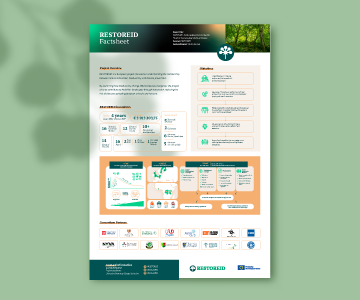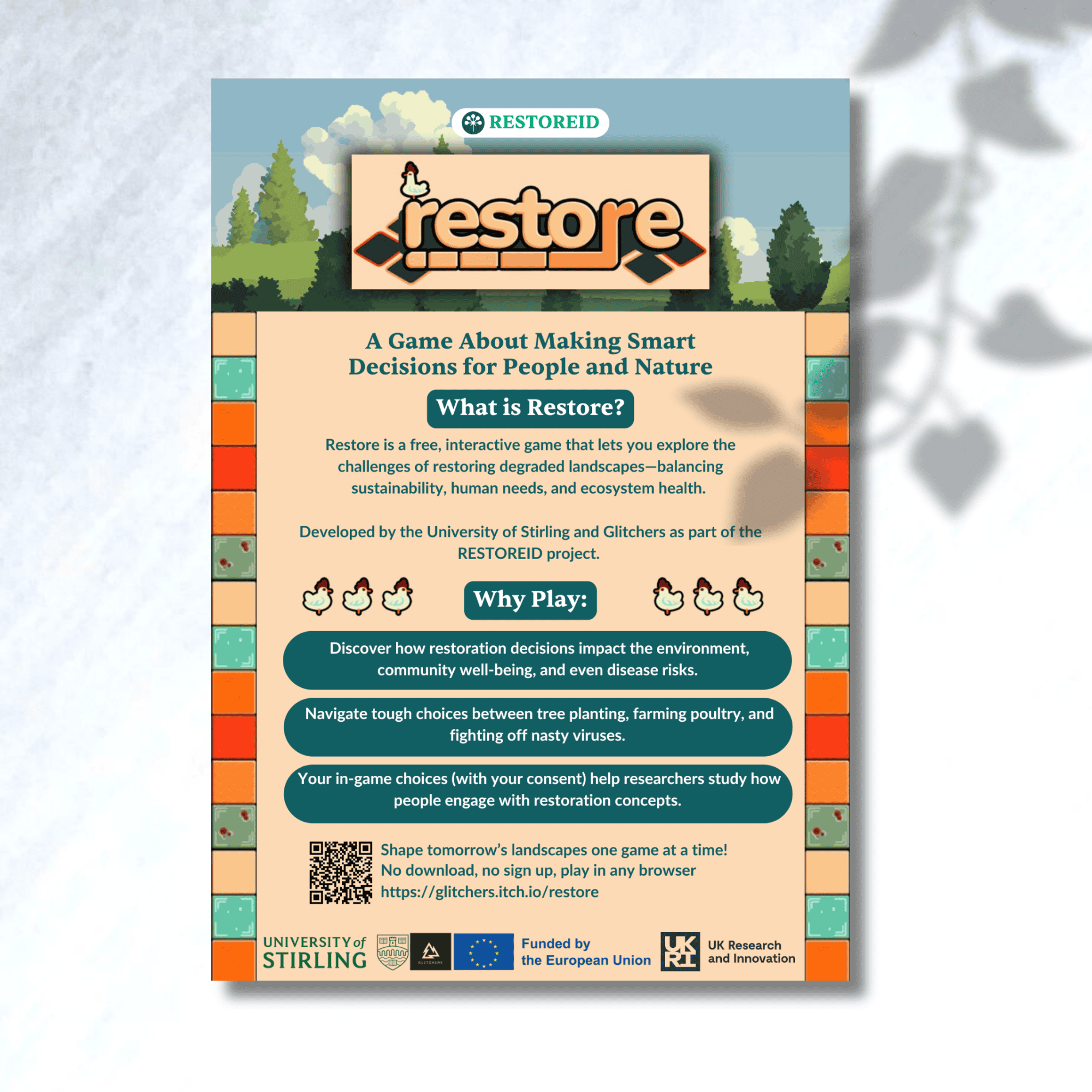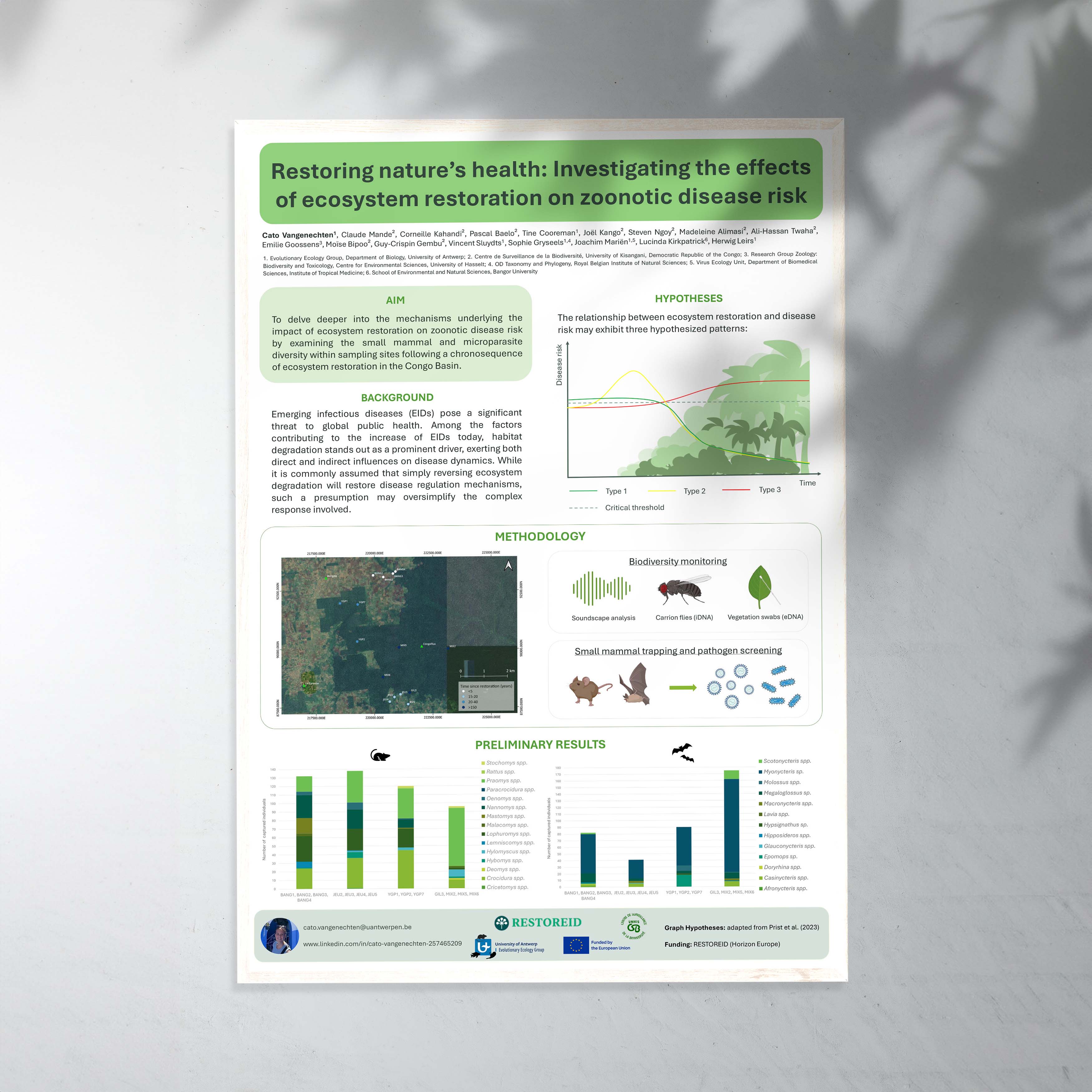Restoring Ecosystems to Stop the Threat Of (Re-)Emerging Infectious Diseases: There is a growing body of evidence that landscape degradation is linked to zoonotic spillover risk. Large scale restoration is increasingly being touted as an effective solution for mitigating against a range of anthropogenic impacts and is also hypothesised to protect against zoonotic disease spillover. However, little is known about the mechanisms with which restoration may provide this protection. It is commonly assumed that restoration mirrors in reverse the processes that occur during degradation; however, it is likely that this relationship is in fact asymmetric. Rarely can restored landscapes be returned to a state similar to that of pristine ecosystems, and often restored landscapes need to fulfil a range of environmental and socioeconomic requirements that inherently prevent them from doing so.
Additionally, the spatiotemporal scale necessary to effect positive change is context dependent, and the type of restoration necessary to protect against zoonotic spillover is currently unknown. Ecosystem restoration can vary widely in type, scale and context and can also change how humans interact with their environment, which may have unexpected consequences for zoonotic disease spillover. Given the complexity of these interactions and their effect on disease, it is vital that we understand how restoration specifically might impact wildlife disease and emergent spillover risk.



